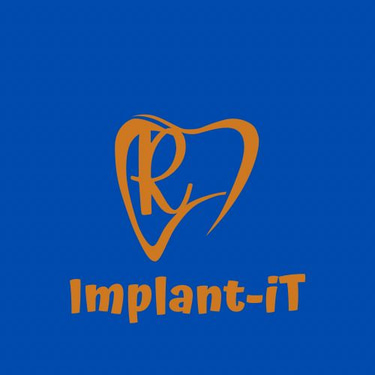Manual brush or Mechanized Brush ?
Which is better way to Brush ?
Dr Ramz A Hawai
7/24/20232 min read


Manual Brushing vs. Mechanized Brushing: Finding the Perfect Fit for Your Oral Care
Introduction:
The daily ritual of brushing our teeth is an essential cornerstone of oral hygiene. With advancements in dental technology, we now have a choice between traditional manual toothbrushes and innovative mechanized brushes. Each method comes with its own set of advantages and considerations. In this blog article, we will explore the pros and cons of manual and mechanized brushing, helping you make an informed decision about which option best suits your oral care needs.
Manual Brushing:
The traditional method of brushing our teeth using a manual toothbrush has been the go-to approach for generations. Here are some of the key benefits of manual brushing:
1. Cost-Effective: Manual toothbrushes are readily available at affordable prices, making them accessible to everyone.
2. Simple and Portable: Manual toothbrushes are easy to use and travel-friendly, requiring no batteries or charging.
3. Control and Precision: With manual brushing, you have complete control over the pressure and motion, allowing for precise cleaning around the gum line and hard-to-reach areas.
4. Eco-Friendly: Manual toothbrushes produce minimal waste compared to mechanized brushes, making them a greener option for environmentally conscious individuals.
However, manual brushing has its drawbacks:
1. Relies on Technique: Effective manual brushing requires proper technique and consistency to ensure all surfaces of the teeth are thoroughly cleaned.
2. Potential Overbrushing: Some individuals may apply excessive pressure during manual brushing, leading to gum irritation or enamel abrasion.
Mechanized Brushing:
Mechanized or powered toothbrushes offer an automated approach to oral care, employing oscillating, rotating, or sonic technology to clean teeth. Here are the advantages of mechanized brushing:
1. Superior Cleaning Performance: Mechanized brushes can provide a more thorough cleaning due to their automated movements, effectively removing plaque and debris.
2. User-Friendly: Powered toothbrushes often come with built-in timers and pressure sensors, guiding users to brush for the recommended two minutes and avoid excessive pressure.
3. Ideal for Certain Individuals: People with limited dexterity, orthodontic appliances, or specific dental conditions may find mechanized brushing more comfortable and effective.
4. Fun for Children: Many mechanized toothbrushes feature fun designs and characters, making oral care engaging for children and encouraging better compliance.
On the downside:
1. Cost and Maintenance: Mechanized toothbrushes are generally more expensive than manual ones, and they require periodic battery replacement or recharging.
2. Portability: Powered toothbrushes may not be as travel-friendly, especially if they require a charging station.
Finding the Perfect Fit:
Ultimately, the choice between manual and mechanized brushing boils down to personal preference, oral health needs, and lifestyle considerations. Some individuals may find that a manual toothbrush suits them perfectly and allows them to maintain excellent oral hygiene. On the other hand, mechanized toothbrushes can be a game-changer for those seeking extra cleaning power or requiring assistance with their brushing technique.
Consulting with your dentist or dental hygienist can help you make an informed decision based on your unique oral care requirements. Regardless of the method you choose, remember that regular brushing, along with flossing and routine dental check-ups, forms the foundation of a healthy and radiant smile. So, embrace the toothbrush that fits your needs best and commit to maintaining excellent oral hygiene for a lifetime of dental wellness.
